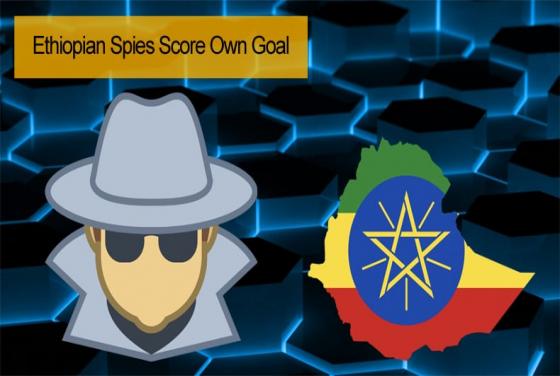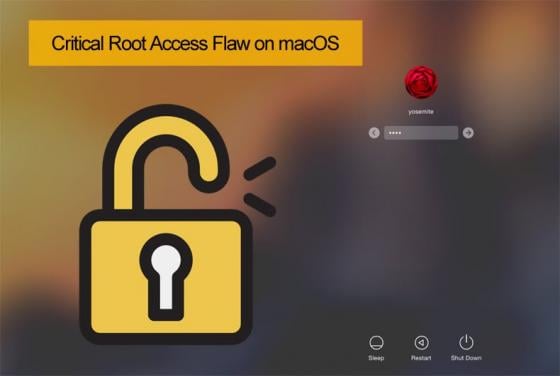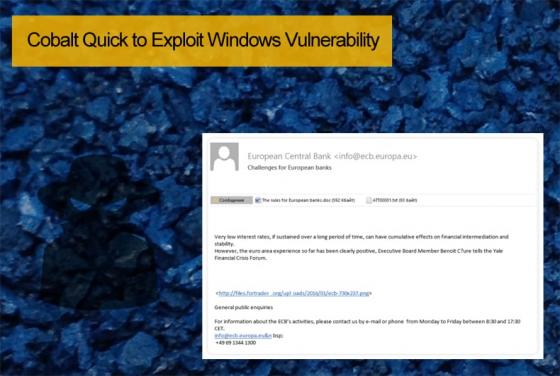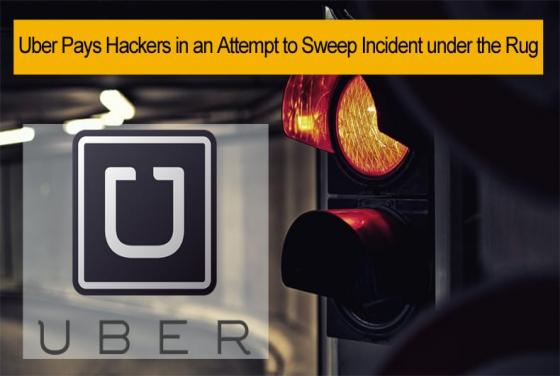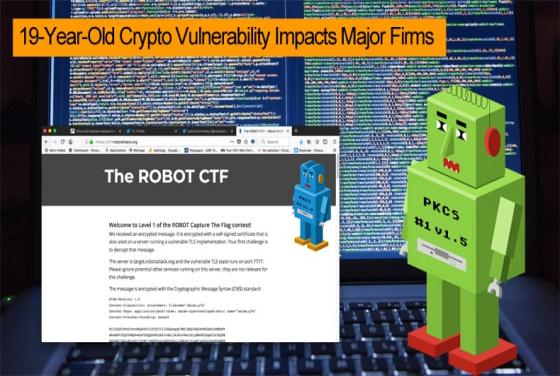

19-Year-Old Crypto Vulnerability Impacts Major Firms
A team of three researchers has dusted off an old crypto vulnerability that can still affect major firms relying on RSA encryption key exchanges. Once the vulnerability is exploited it could enable an attacker to obtain the private encryption key necessary to decrypt sensitive HTTPS traffic under ce

